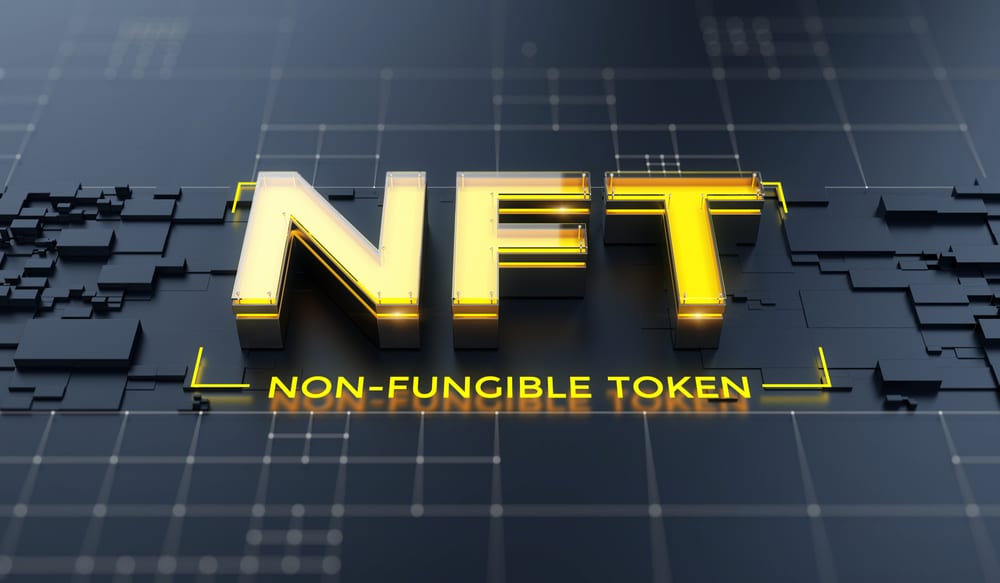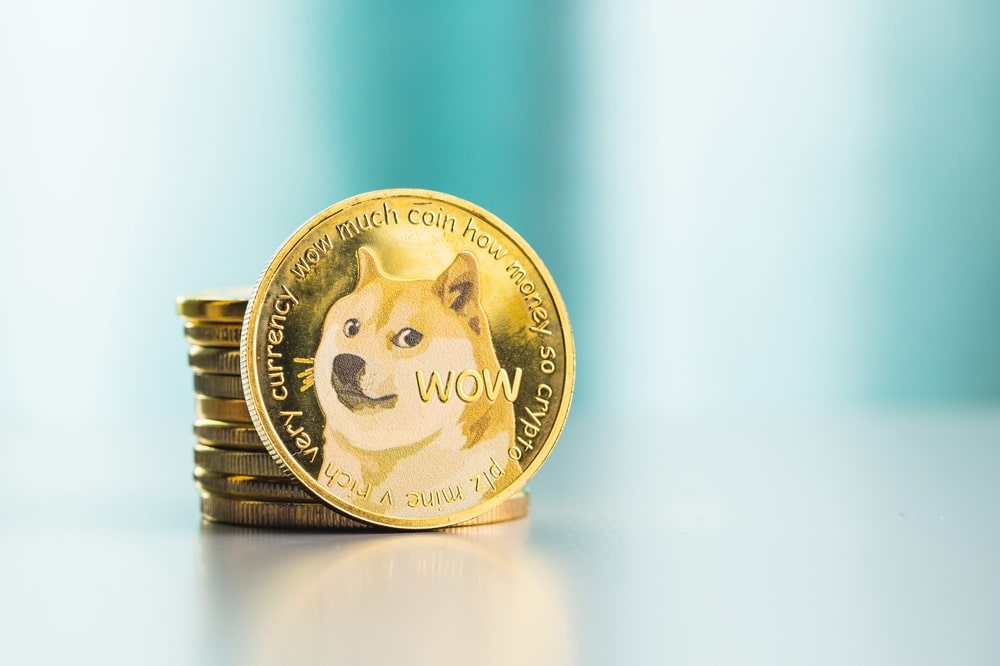Understanding Market Depth Concept in Crypto Trading

Market depth is a liquidity metric that illustrates the number of purchase and sell orders for a specific cryptocurrency at various price points. The data is illustrated using a depth chart.
The depth chart plots purchase orders on one side and sell orders on the other against price levels. For instance, one can consider Bitcoin’s order book on an exchange like Binance.
The order book shows all pending asks and bids and their respective prices and quantities. If the order book’s bid size is considerably bigger than the ask side, it illustrates robust purchasing interest. On the other hand, a thick ask side indicates considerable selling pressure.
A deep market can absorb large trades with minimal impacts on prices, minimizing volatility and offering stability. For instance, if an investor intends to sell 100 Bitcoins in a market with significant depth, the cost might only reduce slightly since numerous orders with various price points exist.
Since there are fewer buy orders to balance the sale in a shallow-depth market, this same order might lead to a considerable price reduction. A proper understanding of market depth is required to evaluate market liquidity, implement transactions profitably, and predict price changes.
Traders can view and assess the data using tools such as market depth indicators and charts, enabling them to make informed decisions.
Factors Impacting Market Depth
Factors affecting a market’s resilience to large traders include:
Bid-ask Spread
The price variation between the lowest ask and the highest bid is negligible, illustrating robust trading activity and higher market stability. Often, a deep market is indicated by narrow bid-ask spreads.
Liquidity
Markets with considerable buyer and seller volumes are more likely to be liquid and possess more profound market structures. Conversely, larger orders can significantly impact prices since fewer players are in illiquid markets.
Exchange Popularity and Volume
Market depth differs significantly among exchanges. Major exchanges such as Coinbase and Binance offer more depth since they have bigger trade volumes and more active users.
Smaller exchanges might not have much depth, making prices more susceptible to large orders.
Order Distribution and Size
Most small orders show a more profound market compared to fewer large orders. Small orders guarantee more price stability and continuous trading.
Market Maker Activity
Market markers provide liquidity by frequently quoting purchase and sell prices for crypto assets. Their existence expands the market by ensuring constant order availability on both sides.
Regulatory Environment
Guidelines that promote transparency and fair trade practices aid in market expansion by fostering trust and motivation among investors.
Trading Pairs
Various trading pairs might also have different depths. Less prevalent trading pairs might have reduced market depth and trading activity. They have shallower markets than major trading pairs such as ETH/USDC or BTC/USDC.
How Crypto Traders Utilize Market Depth for Technical Assessment
Market depth permits traders to envisage market changes and alter their strategies. In this case, it shows them all open purchase and sell orders at various price points in the order book.
A good example involves a trader assessing Bitcoin’s market depth on an exchange such as Kraken. This trader may spot many buy orders huddled at a specific price level, illustrating robust support.
The situation shows that if the price reduces to this level, it might find purchasing interest and bounce back. On the contrary, many sell orders at a greater price level might show resistance, where the pressure of sale might avert a further price increase.
Traders utilize market depths to evaluate the potential impacts of huge transactions. A significant buy or sell order will have minimal effect on the price in a market consisting of profound depth, illustrating liquidity and stability.
These duplicate transactions could lead to considerable price shifts in a minimal-depth market, illustrating potential risks and significant volatility.
Final Thoughts
Depth charts are tools that visually reveal the cumulative purchase and sell orders at various price points. Traders can view ‘walls’ of orders that considerably hinder price shifts.
DISCLAIMER: It's essential to understand that the articles on this site are not meant to serve as, nor should it be construed as, advice in legal, tax, investment, financial, or any other professional context. You should only invest an amount that you are prepared to lose, and it's advisable to consult with an independent financial expert if you're uncertain. To obtain more information, kindly examine the terms of service and the assistance and support resources made available by the issuing or advertising entity. Our website is committed to delivering accurate and unbiased news, yet it's important to note that market conditions may change rapidly. Also, be aware that some (but not all) articles on our site are compensated or sponsored.








